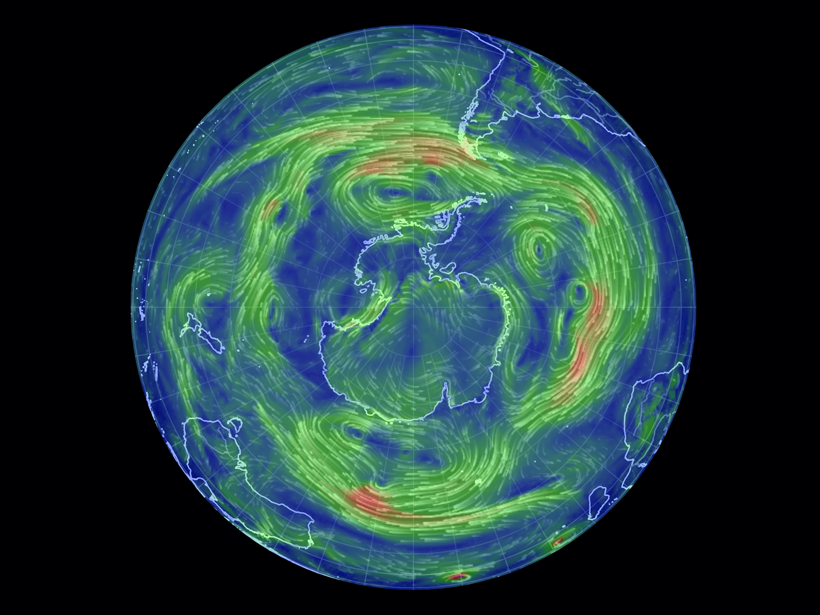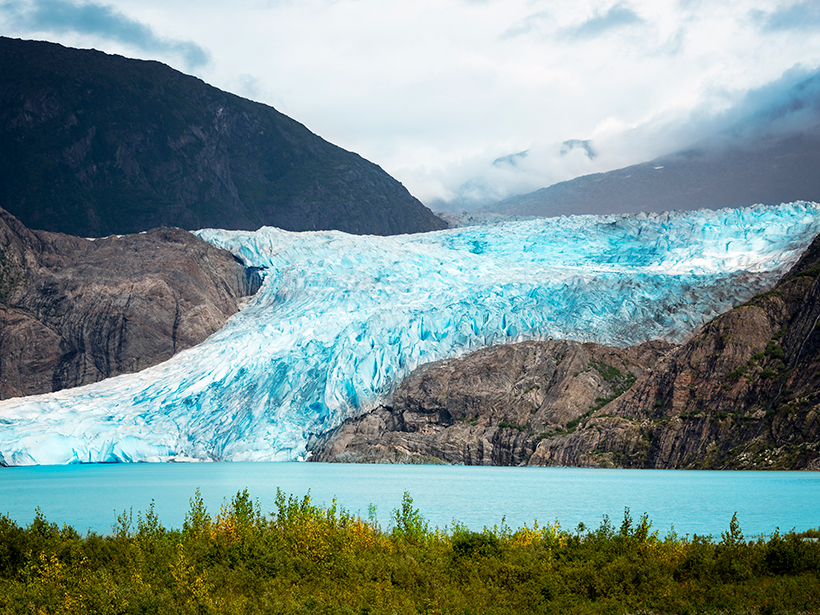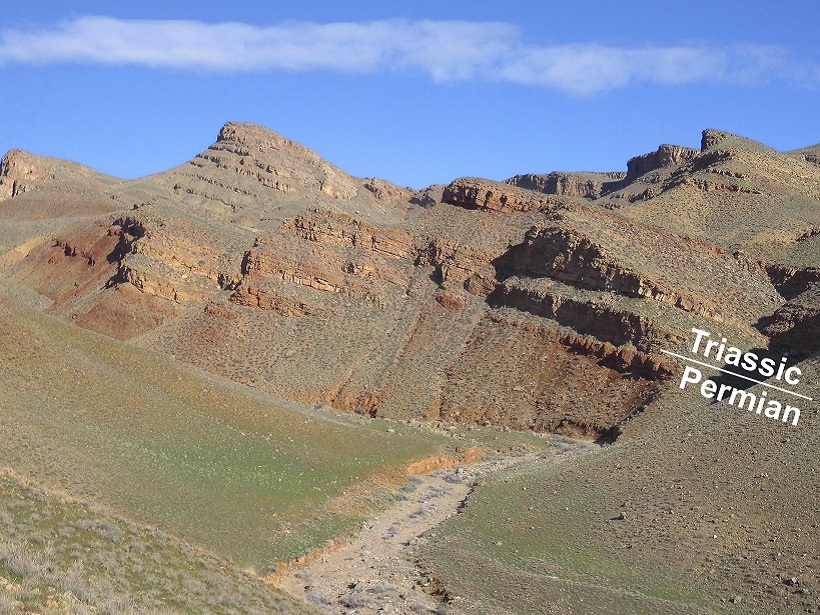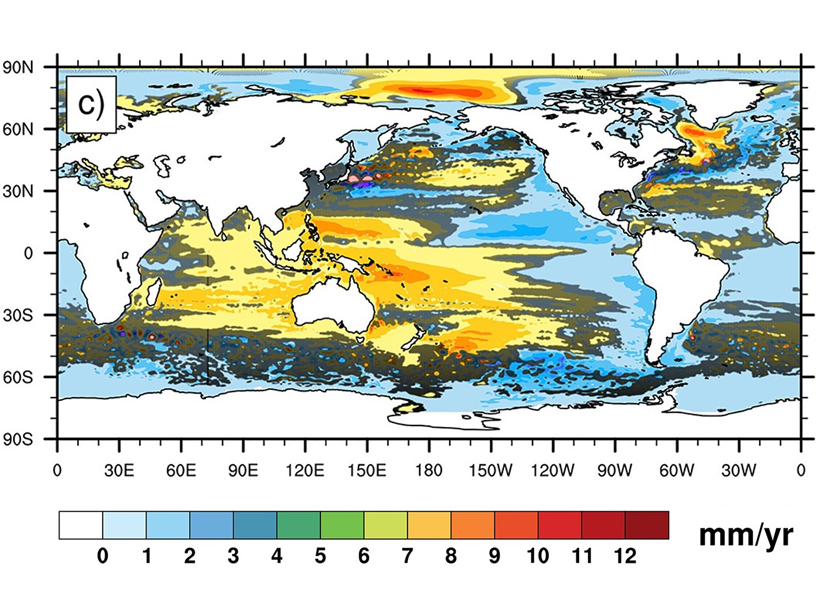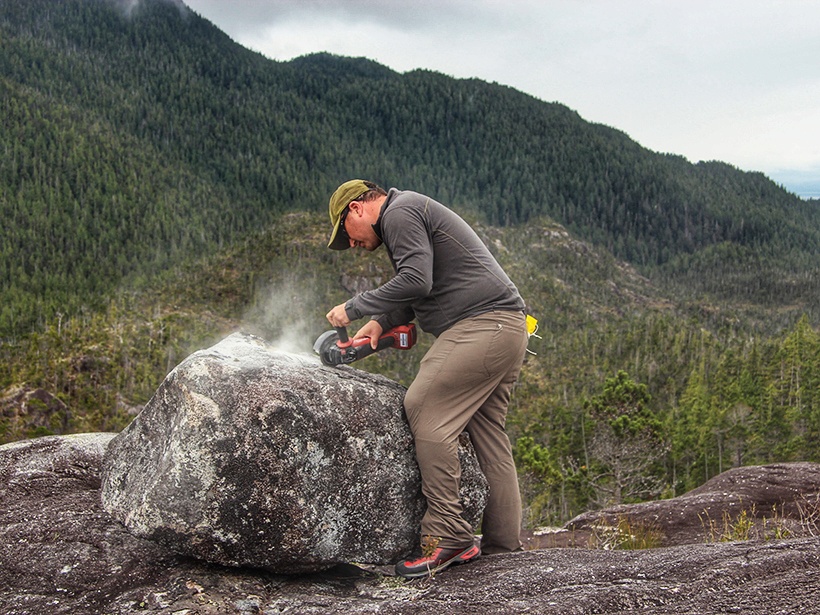A prototype model allows scientists to investigate how wind eddies and other atmospheric phenomena may affect the prevalence of heat waves and cold snaps in the Southern Hemisphere.
CC BY-NC-ND 2019
Eddies Influence Productivity in the Subtropical Open Ocean
Ocean eddies may help recycle nutrients within giant current systems that encircle “desert” surface waters.
Real Time Probing of Shale Cracks in Double Torsion Experiments
Imaging crack propagation in shales using twin optical cameras and fast X-ray radiograph acquisition.
Glacial Census Reveals Ice Thicknesses Around the World
Researchers modeled over 200,000 glaciers and found that mountainous regions in Asia contain significantly less glacial ice than previously estimated.
Unravelling the Past Using Elements and Isotopes
A new book explores chemostratigraphy, a fascinating and relatively young branch of geoscience, presenting the latest developments and applications.
Ancient Tsunami Tied to Volcanic Flank Collapse in Italy
Stromboli’s volcanic cone may have suffered multiple flank collapses between the 14th and 16th centuries, triggering tsunamis that led to the abandonment of the island.
An Inherently Noisy Ocean Can Disguise Regional Sea Level Trends
Sea level trends in different regions of the ocean caused by both natural and man-made changes in the atmosphere can be partially hidden by internal random processes intrinsic to the ocean.
New Hints About How Martian Moons Formed
A new study finds that Phobos includes chunks of Martian crust.
Encouraging African Research for the Next Generation
A Celebrate 100 Grant winner is organizing a series of Girls Science Day camps.
More Evidence Humans Migrated to the Americas via Coastal Route
A new chronology shows that ice-free areas existed along the British Columbia coast earlier than previously thought.

